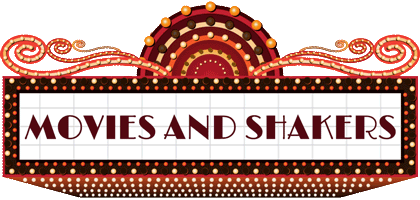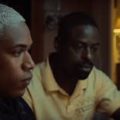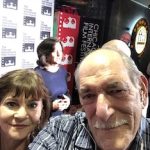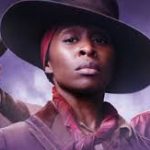
Director Midge Costin has taken a subject for technology wonks and crafted a mainstream audience pleaser laced with the importance of sound design by legendary actors and directors as well as technicians. This film could have easily become a techie nerd-fest, but Midge Costin, a long time sound editor, makes sure the main message is love for the craft. This documentary about film sound is as intriguing and entertaining as it is informative.
This film boasts a roster of details about films by Steven Spielberg, David Lynch, Peter Weir, John Lasseter, Ann Lee, Ryan Coogler, Christopher Nolan, Robert Redford and Barbara Streisand. They all pay homage to how sound transports an audience to the exactly the right emotional place without any conscious effort. It’s can often be subliminal.
Making Waves is also a history lesson, taking us back to the moment the Silent Era ended and ears were added to the movie sensory experience. You can almost hear the gasps coming from those theater audiences when they first heard legendary vaudevillian Al Jolson utter “You ain’t heard nothing yet.” But we’re also shown the power of sound to add voices to musicals plus fear and terror in today’s multi-channel audio universe, as well as in horror classics like Dracula for the early 1930’s.
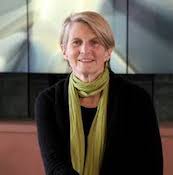
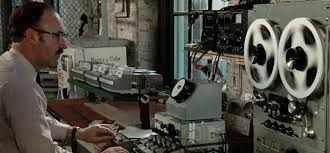
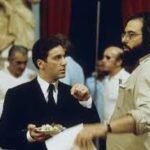
Director Costin uses historical footage to explain how the earliest filmmakers wanted to add sound to their art, but they could never figure out a way to sync the visual and the aural. Film sound until the 1960’s was mostly using microphones to capture dialogue, sound effects made with props, and orchestras recording tracks separately in studios.
Enter Walter Murch, a USC friend of George Lucas he introduced to another college pal, Francis Ford Coppola. Murch was taking quality audio into real life with the revolutionary Nagra Portable Audio Recorder. Walter Murch is lionized in this movie as the leader of advancing sound as a true movie art form. How he learned to record and physically splice audio tape as a kid in the 50’s and then to appreciate the layers of sound on music from the Beatles all widened his audio world-view.
Murch was just what Coppola needed to make his road movie The Rain People. With portability Lucas, Coppola and Murch were able to break away from the control of Hollywood and head north to San Francisco to build a new empire at American Zeotrope. That movie was a box office flop, but the lessons learned live on today. Murch and Coppola, however, more than redeemed their reputations when they re-teamed to make The Godfather.
The creative floodgates crashed open with a new generation of classics like Dog Day Afternoon, Mean Streets and The French Connection made on location with audio recording as crisp and clean as studio sound.
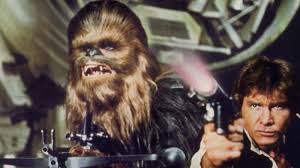
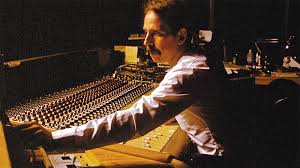
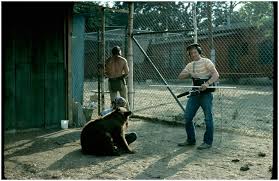
This is all brought home in a sequence from Robert Altman’s Nashville. The scene at the airport is a jumble of people rushing in and out the frame with a mix of marching bands and majorettes twirling batons all while we’re trying to keep track of the main characters navigating through the crowds. But what makes the scene really come to life is the layers of audio that follow the action. This is what sound design is all about.
Some of the noteworthy moments in sound design go back to the original King Kong in 1933 which employed some sound effects techniques for the very first time. Costin also puts Barbara Sreisand on a pedestal for insisting that her 1976 version of A Star Is Born be heard in stereo which theaters were reluctant to invest in up to that time. Streisand also spent a million of her own dollars to get four more months of editing the enhance the sound for the film.
There are tons of fascinating details. Another legendary giant of sound, Ben Nurtt, is introduced as the man who spent almost a year designing Chewbacca’s voice for Star Wars. You’ll be surprised to hear how he found inspiration for the fighter jet engines in Top Gun from animal sounds.
If there’s any aspect of this project that falls short of the mark, it’s the over reliance on emphasizing action and war films as examples of what sound design can accomplish. Sometimes it’s in spaces where the sound is muted and hushed that carry even more power. Why not include the film A Quiet Place as a prime example. But that’s minor compared to this finely crafted documentary clearly made with respect for the subject. See this finely tuned doc. And don’t forget to bring your ears.
Ain’t Heard Nothin’ Yet Corp. 1 Hour 34 Minutes NR
